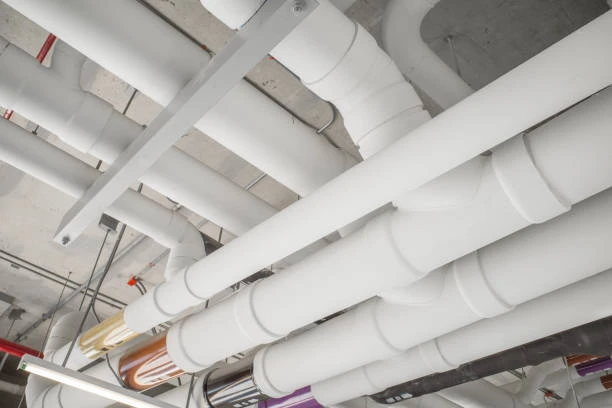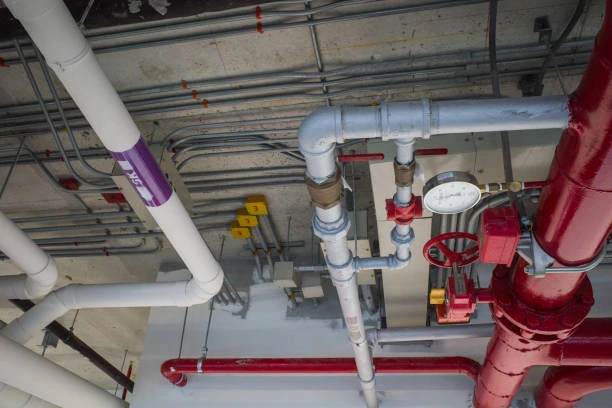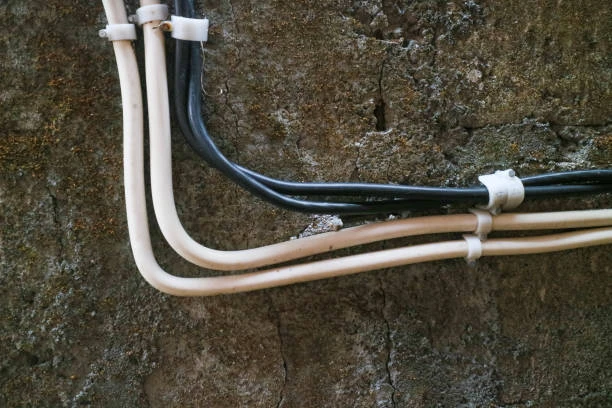Introduction
In the rapidly evolving electronic industry, precision and reliability are key to ensuring optimal system performance. One crucial component often overlooked is the sluice valve and, more specifically, the copper ball valve. Known for their durability, resistance to corrosion, and excellent control of fluid flow, copper ball valves play a vital role in maintaining the efficiency and stability of systems where accuracy is essential. This article explores the core features, applications, and benefits of copper ball valves, offering valuable insights into their use, installation, and comparison with alternative materials.
Frequently Asked Questions (FAQs)
1. What is a sluice valve and how does it differ from a ball valve?
A sluice valve is designed to control water flow by raising or lowering a gate. Ball valves use a rotating ball with a hole to allow or stop flow. While sluice valves are used for larger flow systems, ball valves offer better control and quicker shut-off.
2. Why is copper commonly used in ball valves?
Copper is naturally resistant to corrosion, has excellent thermal conductivity, and maintains integrity under high pressure and temperature. These properties make copper ideal for precision fluid control.
3. Are copper ball valves suitable for electronic industry applications?
Yes. They offer precise flow regulation, resist electrical interference, and ensure long-term stability, which is crucial for sensitive electronic systems.
4. Can copper valves be used with plastic piping?
Yes, provided that proper fittings are used. Many modern systems combine copper valves with plastic or composite pipes for hybrid solutions.
5. How long do copper ball valves last?
With proper maintenance, copper ball valves can last for decades, especially when used in systems with clean fluids and minimal mechanical stress.
Definition and Key Characteristics of Copper Ball Valves
A copper ball valve is a type of shut-off valve that controls the flow of a liquid or gas using a spherical disc – the “ball” – which has a hole through the middle. When the valve is open, the hole is aligned with the flow path; when closed, the ball rotates to block the passage. Copper ball valves are specifically made from high-quality copper alloys, giving them several desirable features.
Key characteristics include:
High corrosion resistance
Excellent heat tolerance
Durability under pressure
Smooth and precise operation
Low maintenance needs
Common Uses and Application Industries
sluice valve are used across a range of sectors. In the electronic industry, they are vital in managing temperature-controlled liquids, chemical inputs, and even coolant gases.
Common applications include:
Electronic manufacturing plants (fluid delivery systems)
Cleanrooms (where contamination control is crucial)
Semiconductor cooling systems
Air conditioning and refrigeration systems
Water treatment and filtration units
Gas control systems in sensitive environments
Their ability to withstand fluctuations in temperature and maintain precise flow makes them ideal for applications where a minor fault can lead to costly consequences.
Purchasing Guide: What to Look For
When choosing a sluice valve, especially for use in the electronic industry, consider the following factors:
1. Material Grade:
Alloys with too much lead or zinc can corrode faster or leach contaminants.
2. Colour and Finish:
A smooth, consistent copper colour indicates good surface treatment. Look for non-oxidised surfaces to ensure quality.
3. Certification and Standards Compliance:
Check for ISO, ASTM, or DIN certifications. Certified products guarantee adherence to international quality norms.
4. Valve Size and Flow Rating:
Select the correct bore size according to your system’s pressure and flow rate needs. Full bore valves allow unrestricted flow.
5. Seal Material:
The internal seals (often PTFE or rubber) must resist the fluids and temperatures in your system.
6. Handle and Operation:
Choose valves with ergonomic handles and clear open/close indicators. Smooth operation suggests good internal machining.
Installation Tips and Best Practices
Proper installation is essential for long-term performance. Follow these tips for optimal results:
Clean both the pipe and valve before installation to prevent debris from causing leaks or blockages.
Use the correct joint method – soldering for copper-to-copper, or proper threaded adapters for mixed materials.
Avoid over-tightening, which can warp the valve body or damage threads.
Test the system after installation to ensure no leaks or resistance during operation.
Label valve positions clearly in complex systems to avoid accidental closures or misrouting.
Installation in electronics facilities may also require adherence to ESD-safe procedures, especially if valves are part of fluid control for circuit fabrication.
Copper Ball Valve vs Plastic Valve: A Comparison
| Feature | Copper Ball Valve | Plastic Valve |
|---|---|---|
| Durability | Extremely durable, lasts decades | Moderate, more prone to wear |
| Heat Resistance | Excellent, handles high temperatures | Limited, can deform at high temperatures |
| Corrosion Resistance | Very high, especially in clean environments | Good, but can degrade over time |
| Precision Control | Excellent, smooth operation | Average, not ideal for critical systems |
| Weight | Heavier | Lightweight |
| Cost | Higher initial cost | Generally lower |
| Best Use Case | High-precision and long-term systems | Low-cost and temporary setups |
Conclusion
sluice valve are an essential component in systems requiring precision, stability, and durability. Particularly in the electronic industry, they provide unmatched control and reliability. From cleanroom environments to semiconductor cooling systems, their ability to manage temperature and flow makes them a top choice for engineers and technicians.
Whether you’re upgrading an existing system or building a new facility, investing in high-quality copper valves ensures peace of mind and long-term performance.
Connect with IFAN
IFAN is a Chinese manufacturer with 30 years of experience in producing plastic pipes, copper valves, fittings, and other pipeline accessories. If you are interested in copper fittings, copper ball valves, plastic pipes, or related products, our team is ready to support your specific project needs.
We offer a wide range of affordable and reliable piping solutions. Our team will respond to your enquiry within 24 hours. For direct assistance or further information, feel free to contact us:
For more information,pls visit our webside https://waterpipefitting.com/
Pls Mailto: [email protected]
Whatsapp: +86 15088288323
Call us any time if you have questions about our production or products.
IFAN Product Standards
All IFAN products adhere to strict international standards to ensure safety, reliability, and quality. Our copper and plastic valve products meet or exceed the following certifications:
ISO 15874, EN 15874, ASTM F2389, DIN 8077/8078, GB/T 18742
NBR 15884, ISO 15494, EN ISO 15494, GB/T 19472
ASTM D1785 SCH40/SCH80, ASTM D2665, ISO 1452
AS/NZS 1477, CSA B137.6, BS 3505, BS 4346
And many more national and international standards
We are committed to delivering components that perform reliably in every environment, from residential plumbing to industrial electronic applications.














Recent Comments